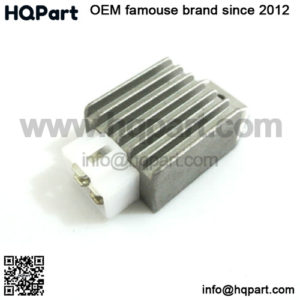What is a Rectifier?
A rectifier is a device that converts an oscillating two-directional alternating current (AC) into a single-directional direct current (DC). Rectifiers can take a wide variety of physical forms, from vacuum tube diodes and crystal radio receivers to modern silicon-based designs.
The simplest rectifiers, called half-wave rectifiers, work by eliminating one side of the AC, thereby only allowing one direction of current to pass through. Since half of the AC power input goes unused, half-wave rectifiers produce a very inefficient conversion. A more efficient conversion alternative is a full-wave rectifier, which uses both sides of the AC waveform.
What does a rectifier do? Use of a rectifier
Rectifiers are fundamental to how many different devices operate. Because the standard electrical distribution grid uses AC power, any device that runs on DC power will require a rectifier to function correctly. Virtually all modern electronics need the steady, constant power of DC to operate correctly.
Additionally, we use rectifiers to change voltage in DC power systems. Because it is relatively difficult to convert DC voltage directly in some scenarios, the simplest solution may be the following process:
1. Convert DC to AC
2. Change the voltage using a transformer
3. Convert AC back to DC using a rectifier
In a few applications, the rectifier itself serves a direct function beyond converting AC to DC. Take, for example, one of the earliest radio designs: a crystal radio. This device employed a fine wire pressed against a crystal (we would now refer to this component as a diode), which rectified the alternating current radio signal directly, thus extracting the audio and producing sound in earphones. Precision rectifiers are still in use in some types of radios today.
Flame rectification is another example of applying rectification directly. In this application, a flame acts as a rectifier due to the differential in mobility between electrons and positive ions present in a flame. We use the rectifying effect of fire on AC in gas heating systems to direct the flame’s presence.

